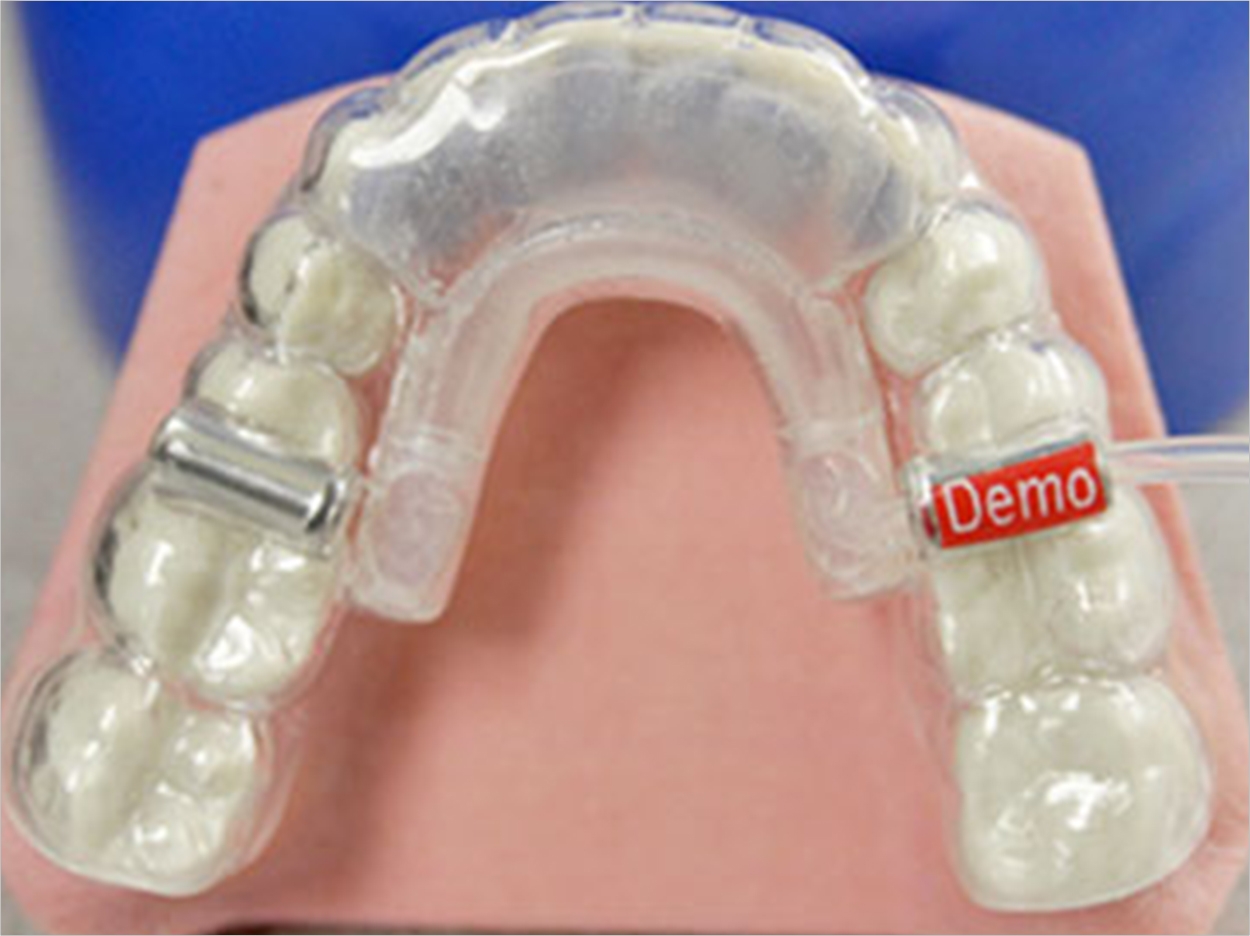
The University of Alabama at Birmingham (UAB) School of Dentistry needs participants for a study that will test the use of air to correct crowding in teeth as an alternative to braces. Known as Aerodentis, the treatment applies pulsating air through a mouthpiece connected to a small console to move teeth gradually into the desired position and occlusion.
“We’ve had a big shift in the way we care for patients who need braces,” said Chung J. Kau, PhD, chair of the school’s department of orthodontics. Aerodentis has not been approved by the Food and Drug Administration yet, though Kau believes that if it is proven to work, it only will be a matter of time before it catches on in the United States.
Interested participants will be screened to see if their front teeth are crowded, either by growth and development or as a result of wearing traditional braces. Once approved, participants will be randomized and prescribed either a clear aligner or the Aerodentis treatment.
Participants selected for the Aerodentis treatment will receive a custom-made thermoplastic mold that fits over the teeth with an integrated inflatable silicon balloon. The mouthpiece will be specifically designed for each participant and produced from orthodontic sheets by vacuum-forming technology using CAD/CAM manufacturing and 3-D imaging.
A small, flexible tube connects the mouthpiece to a control console with a user-friendly interface. The console houses the electronics, air pump system, and pressure sensor that monitors and controls the electronic pulsating force level in real time. An easy to use smart card enables patient compliance monitoring.
“Teeth will move when you give them a light force and create space,” said Kau. “We’re very excited to see this treatment.”
Participants will wear the Aerodentis system for a minimum of 10 hours each day, though the 10 hours do not have to be continuous. The trial will last 15 months. Eligible participants will receive x-rays, and orthodontic appliance, and monthly checkups at a discounted price. UAB is the only school in the United States using the device in a clinical trial.
Participants must meet the following requirements:
- They must have all of their adult teeth and have lost all of their baby teeth.
- They must be between the ages of 8 and 60 years.
- They must have crowding in their upper or lower front teeth.
- They must practice good oral hygiene.
- They must not be taking any investigational drug or osteoporosis drugs.
- They must not be pregnant or planning to become pregnant in the next 15 months.
For more information, contact Sarah Choi at UAB Orthodontics at (205) 732-4693 or sjturner@uab.edu.
Related Articles
Bullied Adolescents With Braces Tweet About Their Struggles
Brace Yourself for DIY Orthodontia












